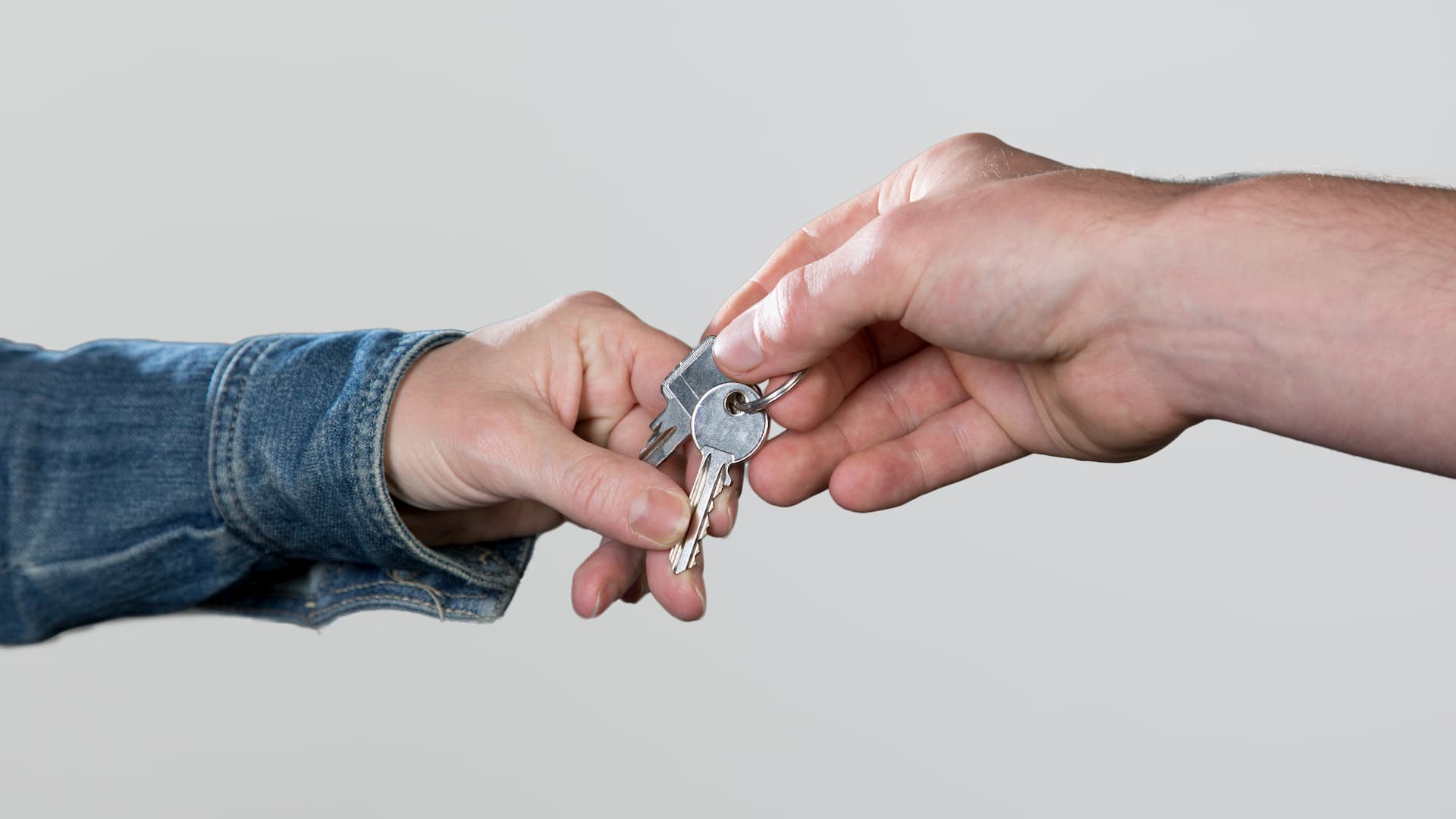


Highest Number of Tenancy Renewals in March Since 2008
The latest research shows that tenancy renewals for the month of March were the highest in over 10 years, as tenants opted to stay put during the coronavirus lockdown. In addition, there were more rental properties available in March than February, leading some experts to believe that despite signs rental demand will increase post-lockdown, rents could decline by more than 2% due to the number of job losses and wage cuts tenants across the UK will likely face.
According to Hamptons International’s March lettings index, activity in March clearly reflected the effects of the lockdown and was vastly different from the previous month. Meanwhile, more landlords returned to the long-term letting sector, helping to increase the level of available rental stock for when tenants are able to move.
Unusual lettings activity in March
Data and research from global property management business Hamptons International shows that of tenancies that were due to end in March, 70% were renewed. That’s the highest rate for the month of March since 2008 and is indicative of the lockdown rules the UK is currently following amid the Covid-19 pandemic.
The March report also shows that after rising by an average of 3.3% on the year in February, average rents in the UK declined by 0.5% compared with March 2019. Looking specifically at London, average rents dropped by 2.2% after rising by 3% in February.
While tenants stayed put and rents fell, the report also showed that the supply of rental properties rose in March. The main driver of this was landlords returning to the long-term rental market as demand for short-term lets disappeared amid the coronavirus lockdown.
Looking ahead, that’s a positive development for the UK’s rental market, as are signs that tenants are showing interest in moving to new rental properties once they’re able to. But, even though demand from tenants could rise sharply once the current restrictions are sufficiently eased, other factors are expected to enact downward pressure on newly rented properties across the UK.
“The first signs of the Covid-19 effect on the rental market are starting to show. With lockdown restrictions introduced towards the end of March, 70% of tenants chose to stay put and renew their tenancy instead of moving – the highest level since 2008,” said Aneisha Beveridge, Head of Research at Hamptons International. “Rents on renewed tenancies fell 0.5% in March marking the biggest fall since the index began in February 2014.”
“Once lockdown restrictions ease, we expect activity levels to rise. Renting offers more flexibility than buying a home, so as uncertainty rises, so too does the demand for rental homes. But although demand for rental accommodation is set to increase, and there are already signs of it picking back up again, the longer-term economic damage to people’s jobs and incomes means that rents on newly let properties are likely to fall between 2% and 5% this year,” Ms Beveridge adds.
Rental home with outside space rise in popularity
As demand for new rental homes rises and searches increase, separate research highlights that rental homes with gardens and outside space are proving more popular than at anytime in 2020 so far.
Searches for rental homes with a garden are:
- Twice as high as they were in the first week of lockdown.
- Some 16% higher than the average of January and February.
- They’re also 26% higher than the same time in 2019.
While that’s another unusual development in the rental market, coming amid lockdown where rules limiting our outside activity are firmly in place, it isn’t a huge surprise. Renters who are searching for their next move are also increasingly considering coastal towns or areas with attractive river views.
Of course, whether or not those searches result in tenants opting for those types of properties remains to be seen. For now, it’s likely comforting for some tenants to consider life after lockdown with the definite option of more outdoor space and time.



